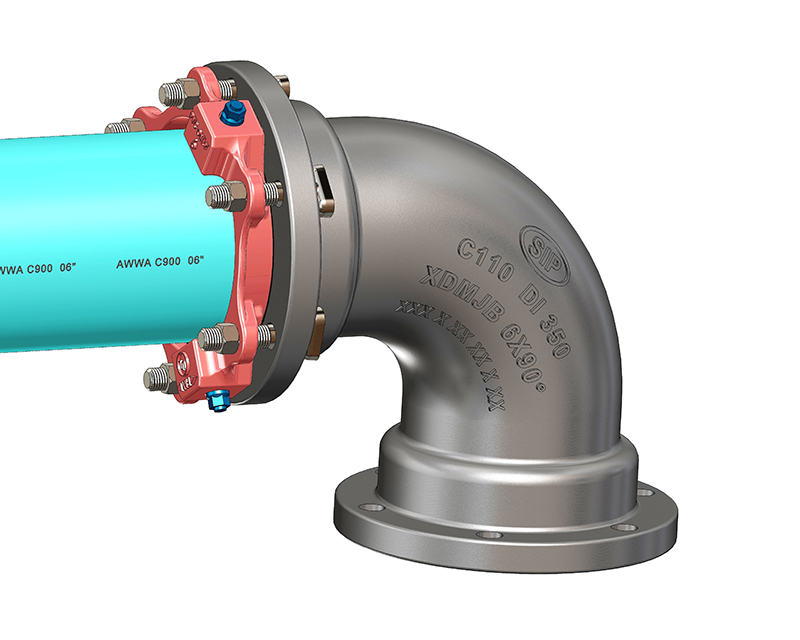Mechanical joints play a pivotal role in various industries, enabling the assembly and connection of different components with precision and strength. From automotive engineering to construction and manufacturing, understanding the intricacies of mechanical joints is essential for ensuring structural integrity and optimal performance. In this comprehensive guide, we will delve into the world of mechanical joints, exploring their types, applications, and the key factors to consider when designing and implementing them.
- The Fundamentals of Mechanical Joints:
Mechanical joints are mechanisms used to connect two or more components, allowing for relative motion or providing structural support. They are designed to withstand various forces, such as tension, compression, shear, and torsion. Understanding the basic principles behind mechanical joints is crucial for selecting the most suitable type for a given application. - Types of Mechanical Joints:
2.1. Fasteners:
Fasteners, including screws, bolts, and rivets, are widely used in mechanical joints. They provide a secure and reliable connection, allowing for disassembly if necessary. Each type of fastener has unique characteristics, such as thread pitch, head shape, and material, which must be carefully considered based on the specific requirements of the joint.
2.2. Welded Joints:
Welding is a common method for creating permanent joints by melting and fusing the materials together. It offers excellent strength and durability, making it suitable for heavy-duty applications. Different welding techniques, such as arc welding, resistance welding, and laser welding, are employed based on the materials and joint configuration.
2.3. Adhesive Joints:
Adhesive joints utilize specialized adhesives to bond components together. This type of joint distributes the load evenly across the entire bonded area, providing high strength and vibration resistance. Adhesive joints are particularly useful when joining dissimilar materials or when a seamless appearance is desired.
2.4. Interlocking Joints:
Interlocking joints rely on the interlocking of components to create a secure connection. Examples include tongue-and-groove joints, dovetail joints, and snap-fit connections. These joints offer simplicity, ease of assembly, and often eliminate the need for additional fasteners or adhesives.
- Factors Influencing Joint Design:
3.1. Load Requirements:
Understanding the magnitude and nature of the forces acting on the joint is crucial for selecting the appropriate joint type and determining its dimensions. Factors such as static loads, dynamic loads, and environmental conditions must be considered to ensure the joint's longevity and reliability.
3.2. Material Compatibility:
The compatibility of materials used in the joint is essential to prevent galvanic corrosion, material degradation, or premature failure. Factors such as thermal expansion coefficients, mechanical properties, and chemical compatibility should be evaluated to ensure a robust and durable joint.
3.3. Manufacturing Considerations:
The manufacturing process plays a significant role in joint design. Factors such as ease of assembly, cost-effectiveness, and scalability should be considered. Additionally, the availability of tools and equipment required for joint fabrication must be taken into account.
Conclusion:
Mechanical joints are the backbone of countless industries, providing the necessary connections for functional and reliable systems. By understanding the various types of joints, their applications, and the key factors influencing their design, engineers and designers can create robust and efficient assemblies. Whether it's constructing a skyscraper or designing a precision instrument, the power of mechanical joints is undeniable.

